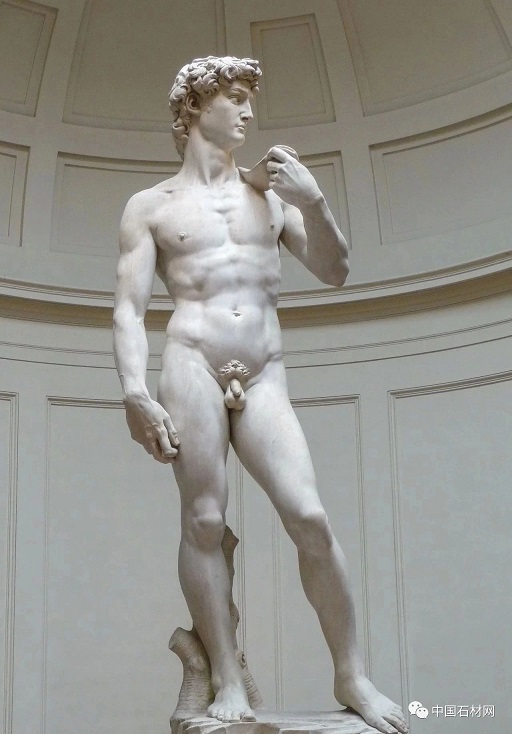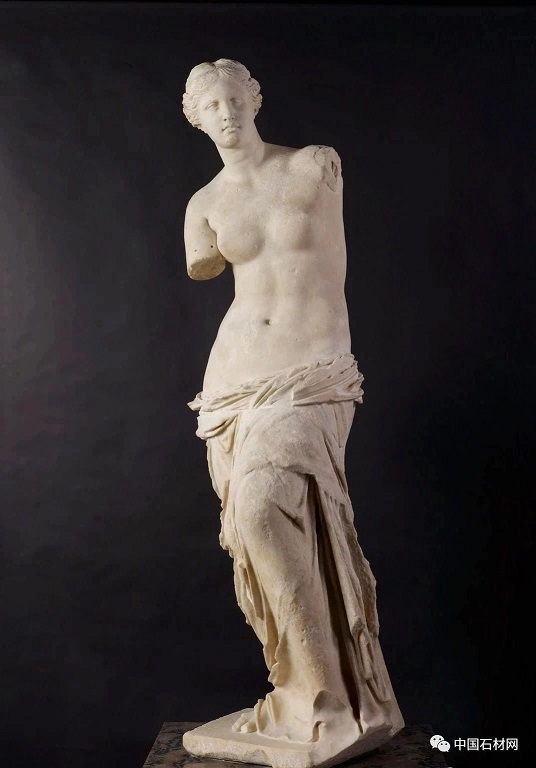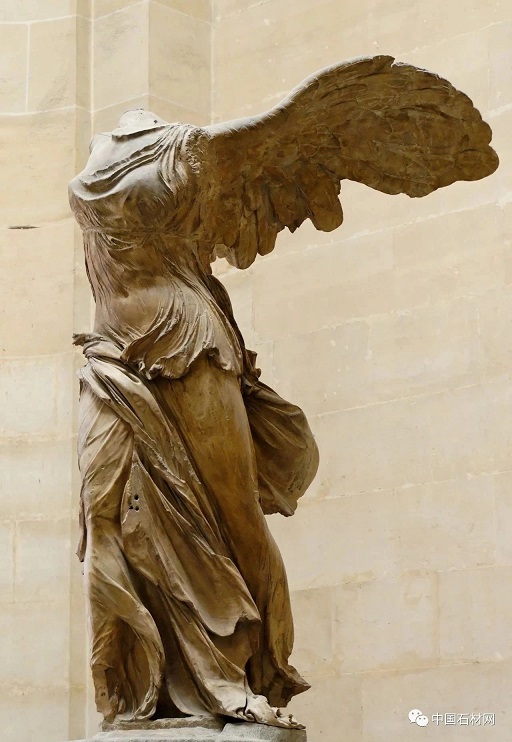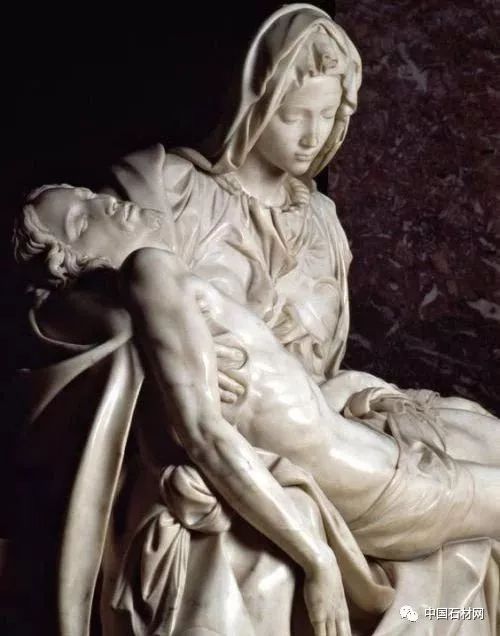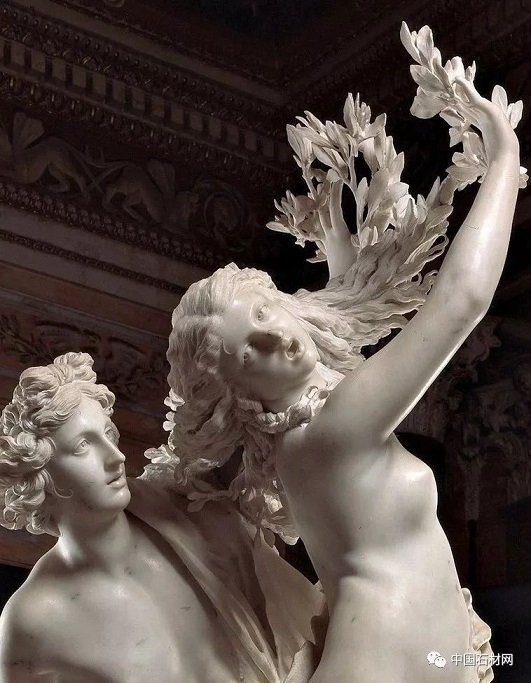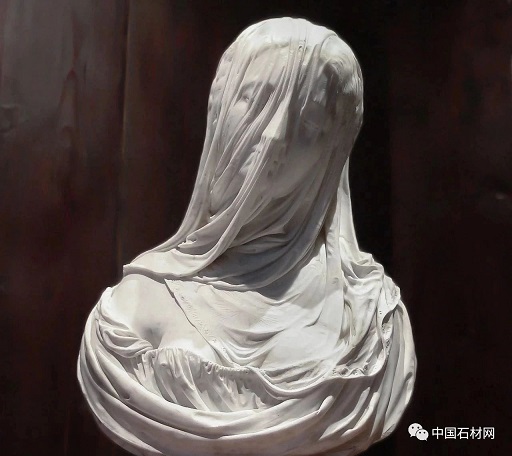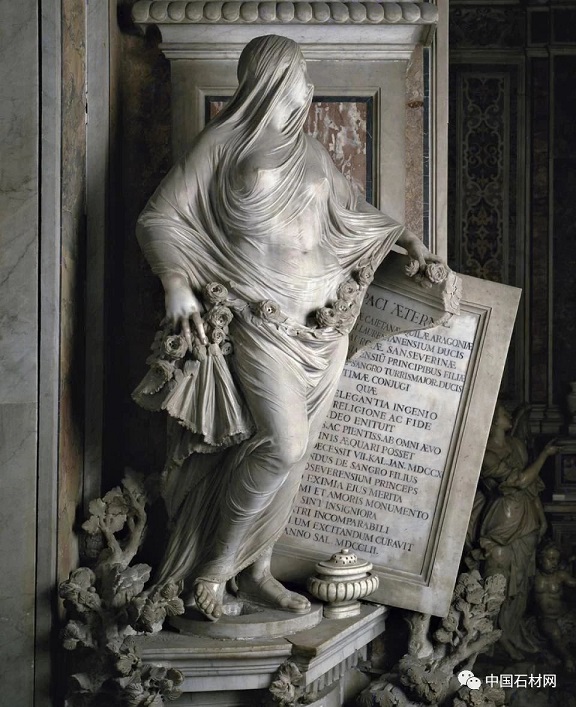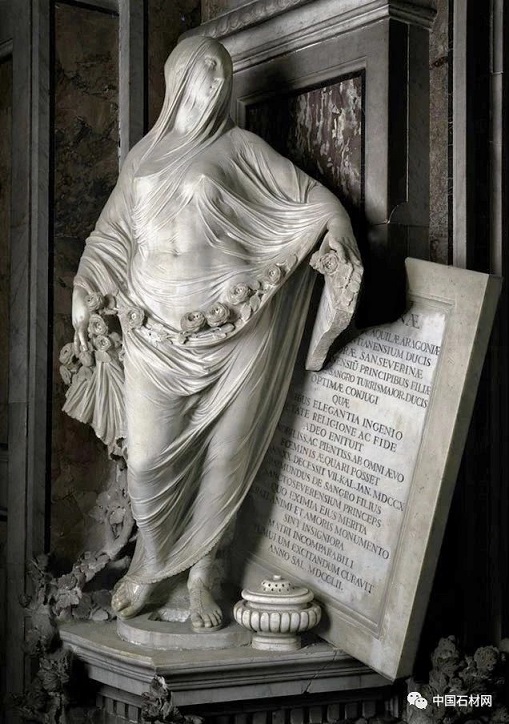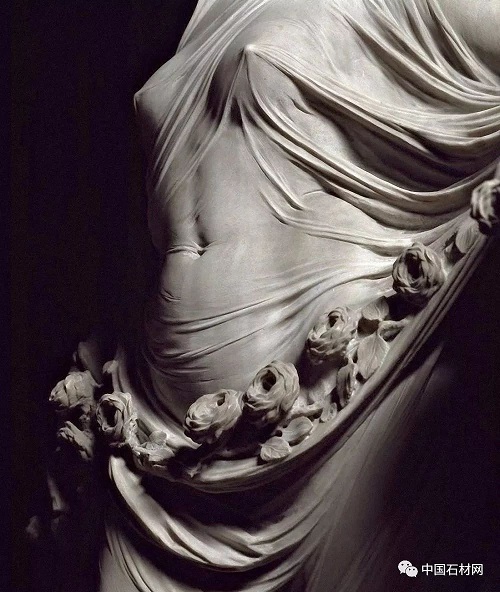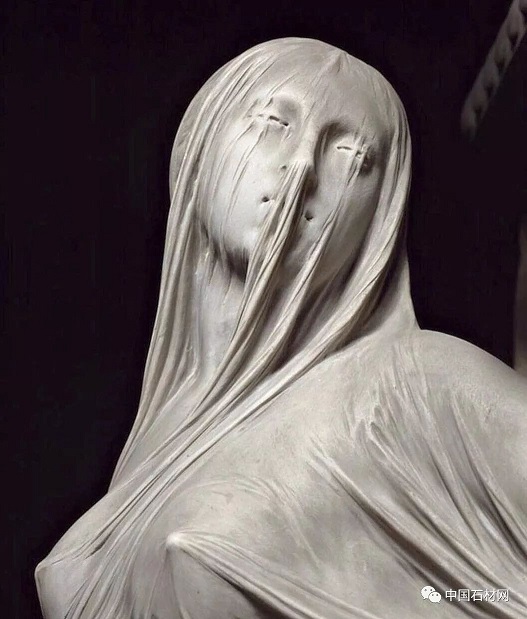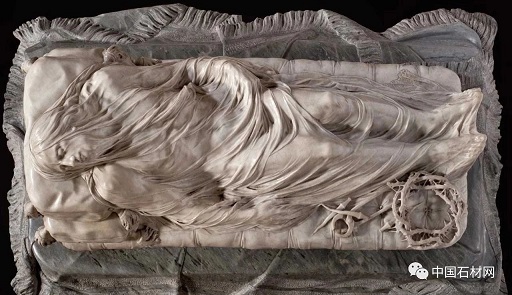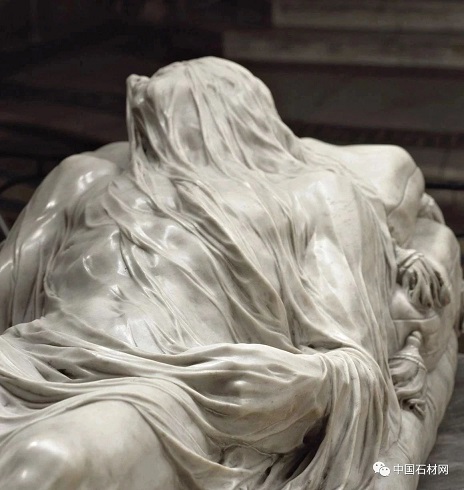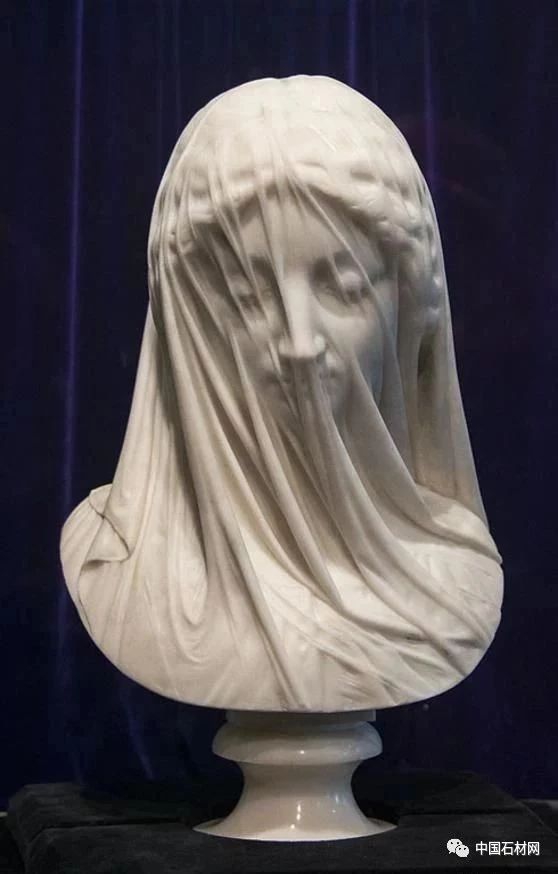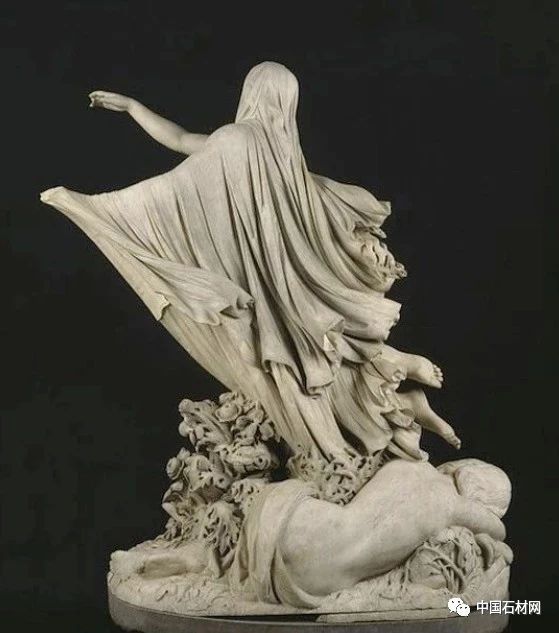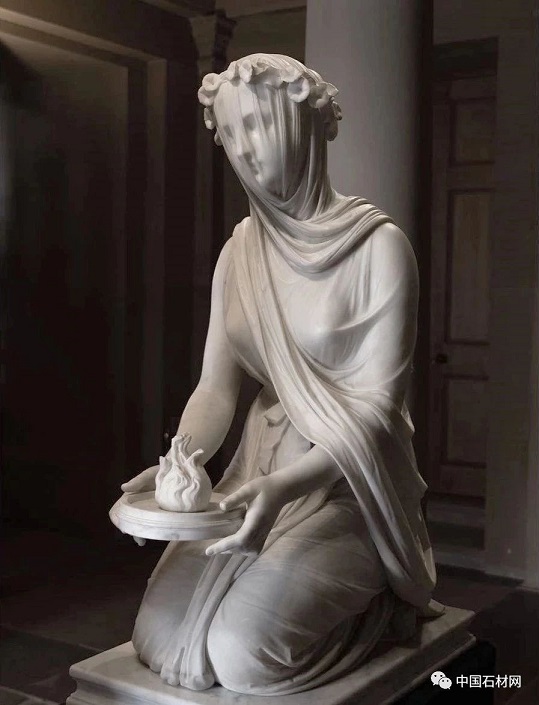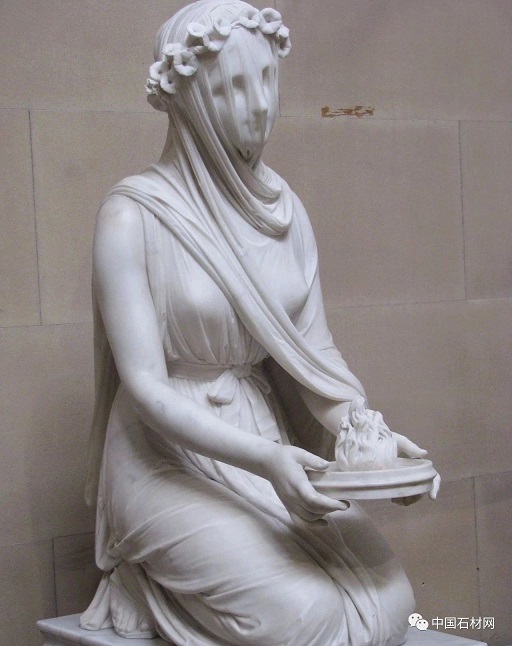Every time I see these marble sculptures, I am deeply shocked. These sculptures are simply amazing! Applying the veiling technique to hard marble sculptures can be breathtaking, giving the sculptures a soft and breathing appearance. The difficulty lies not in depicting the wrinkles of the fabric, but in capturing the sense of “thinness” – where the gauze is close to the body, it should be carved to mimic the feel of skin but not completely transparent, while in areas that are less close to the body, the gauze’s wrinkles should gradually fade away to conceal the human body. Speaking of marble statues What the general public is more familiar with is “David” sculpted by Michelangelo 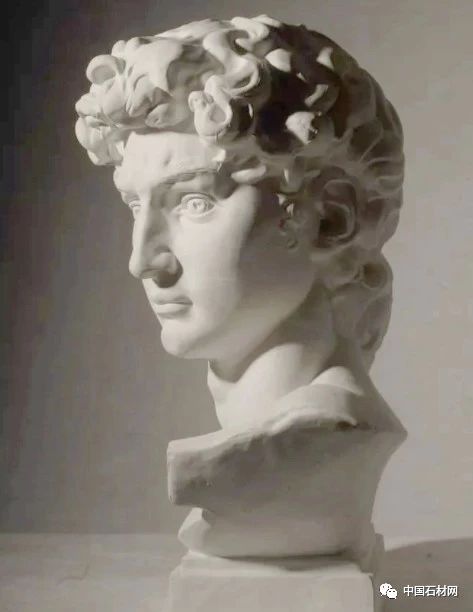
It’s this giant sculpture, 3.9 meters high
A work completed by Michelangelo at the age of 28
(1501-1504)
And some were created between 130 BC and 100 BC
“The Venus de Milo” from ancient Greece
And it was created around the 2nd century BC
“Victory Goddess” symbolizing battle and victory
There are far too many artworks related to marble sculptures
From the creation in ancient Greece to the sublimation through imitation in ancient Rome
With the accumulation and polishing of history on these marble statues
We can feel the authenticity of humanity and the serenity of God
These marble sculptures, combining classical and aesthetic elements, are works of art
Due to the masterful accomplishments of the artistic masters
From a cold and rigid stone, it transformed into
A statue with skin as smooth as jade
And among them, the stone carvings are depicted most tenderly and movingly
Or those marble statues draped in light gauze
In this issue, I’d like to share a few works featuring carved tulle
Take a look at the masterpieces handed down through generations, created with unique craftsmanship by those artistic masters
01 Antonio Corradini「Dama Velata/Puritas」
Antonio Corradini (1668-1752), a Venetian sculptor, is regarded as the first sculptor to distinguish sculpture art from the profession of stonemasonry, and established a professional sculpture art department in the academy in 1724.
Antonio was highly skilled in depicting the soft texture of veils with marble. In the 1720s, he produced a significant number of sculptures, among which the bust of a young girl (1717-1725) stands out as a remarkable small sculpture.
Beneath the soft veil, the serene face of the young girl is accentuated, and upon closer inspection, one can also spot the faintly visible cross on her chest.
Also from Antonio’s works (Veiled Truth, 1750), this statue is currently located in the San Severino Chapel in Italy. It was created by a prince at that time to commemorate his deceased mother
Beneath the delicate roses and the veil, lies the robust and elegant figure of a young mother.
The delicate gauze veils the portrait like a mist, capturing the woman’s youthful appearance forever in this moment, and the gauze also serves as a symbol of the goddess of wisdom.
The same work by Raffaello Monti, now housed at Chatsworth House in the UK, is “A Veiled Vestal Virgin” (1846-1847), specifically depicting the Vestal priestess serving the goddess Vesta. The delicate contrast between the garland on top of her head and the smooth texture of her skin, and the matte finish of her veil, creates a subtle contrast. Here, the young girl’s face hidden behind the veil can only be seen in a blurred outline, and the huge veil she wears resembles a shroud. From this moment on, she will dedicate her life to the gods. In the 2005 version of “Pride and Prejudice”, Elizabeth is attracted to this tightly veiled statue when she visits Darcy’s estate. In such a story that depicts the pursuit of personal independence, equal freedom, and love among women in the context of the middle class in early 19th-century Britain, the director’s inclusion of the heroine and the statue in the same frame also appears obscure and intriguing.
In the film, the director provides a rare and beautifully crafted close-up shot of this sculpture.
As the birthplace of sculpting art, our company TOP STONE & TOP SCULPTURE is committed to perfectly replicating these artworks, ensuring the continuous inheritance of our art. Welcome to inquire via email.
Post time: May-26-2025

